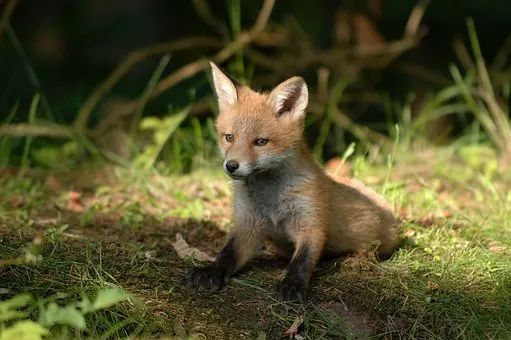The study, published in the journal Science, represents the first effort to quantify the global effects of human activity on the daily activity patterns of wildlife.

Human activity is causing the planet’s mammals to flee daylight for the protection of night, a study has found.This strange behavior has caused damage to the biological clock of these mammals.
The study, published in the journal Science, represents the first effort to quantify the global effects of human activity on the daily activity patterns of wildlife.
The report highlights the powerful and widespread process by which animals alter their behaviour alongside people: human disturbance is creating a more nocturnal natural world.

“Catastrophic losses in wildlife populations and habitats as a result of human activity are well documented, but the subtler ways in which we affect animal behaviour are more difficult to detect and quantify,” -Kaitlyn Gaynor ...
( University of California, Berkeley in the US.)
Researchers applied a meta-analysis approach, using data for 62 species across six continents to look for global shifts in the timing of daily activity of mammals in response to humans.
These data were collected by various approaches, including remotely triggered cameras, GPS and radio collars, and direct observation. For each species in each study site, the authors quantified the difference in animal nocturnality under low and high human disturbance.
On average, mammals were 1.36 times more nocturnal in response to human disturbance. This means that an animal that naturally split its activity evenly between the day and night increased its night time activity to 68 per cent around people.

This finding was consistent across carnivore and herbivore species of all body sizes greater than 1 kg (small mammals were not included in the study). The pattern also held across different types of human disturbance, including activities such as hunting, hiking, mountain biking, and infrastructure such as roads, residential settlement, and agriculture.
IN THE END..
the positive side is the fact that wildlife is adapting to avoid humans temporally could be viewed as a path for coexistence of humans and wild animals on an increasingly crowded planet..